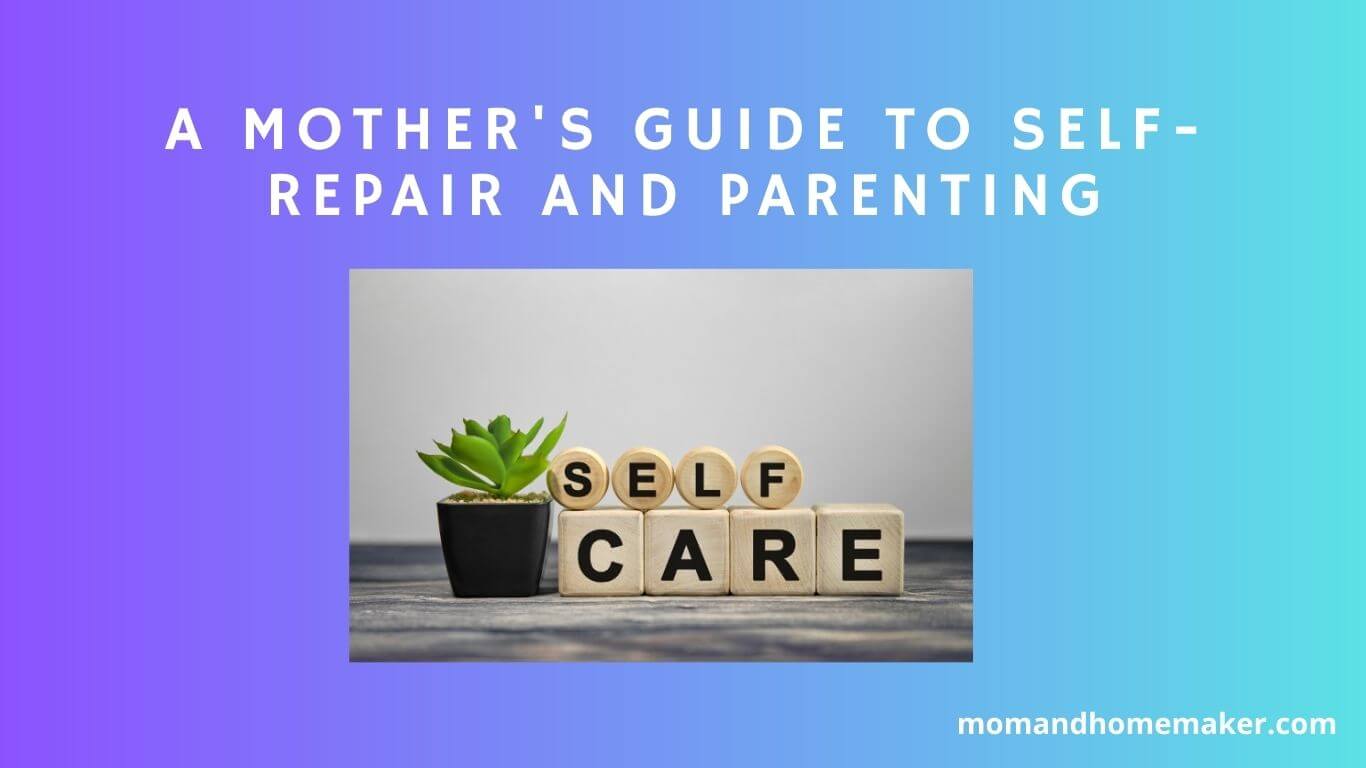As a stay-at-home mom, you’re often told that ‘money doesn’t grow on trees,’ but how can you guarantee your financial garden thrives amidst the challenges of a single-income household?
By implementing strategic financial planning techniques, you can cultivate a stable and secure future for you and your family.
Importance of Financial Planning
To secure your financial future, prioritizing financial planning is essential for stay-at-home moms. As someone dedicated to serving your family, being prepared for unexpected expenses is important. This is where emergency preparedness comes in.
Setting aside a portion of your spouse’s income or any additional funds for emergencies can provide a safety net during challenging times. By having a financial plan in place, you can make certain that your family is protected when unforeseen circumstances arise.
Income diversification is another key aspect of financial planning for stay-at-home moms. While you may not have a regular income, exploring alternative sources of revenue can help strengthen your financial stability.
This could include freelance work, selling handmade crafts, or investing in a small business. Diversifying your income streams can provide a cushion in case your spouse’s job situation changes unexpectedly.
Financial literacy is fundamental for making informed decisions about your family’s finances. Take the time to educate yourself on topics such as budget tracking and retirement planning.
Understanding where your money is going each month and saving for the future are essential components of a solid financial plan. By enhancing your financial literacy, you empower yourself to make wise choices that benefit your family in the long run.
Setting Realistic Budget Goals
When setting realistic budget goals for your family as a stay-at-home mom, consider your household’s essential expenses first. To effectively manage your finances and assure your family’s financial well-being, here are some budgeting tips to help you stay on track:
- Track Your Expenses: Keep a detailed record of all your spending to understand where your money is going.
- Create a Realistic Budget: Set achievable financial goals that align with your family’s needs and income.
- Prioritize Essential Expenses: Assure that necessities like groceries, utilities, and housing costs are covered before discretionary spending.
- Implement Saving Strategies: Look for ways to cut costs, such as meal planning, buying in bulk, or using coupons to save money.
- Manage Your Income Wisely: Make the most of your resources by exploring opportunities for additional income or benefits.
Exploring Remote Work Options
Consider exploring remote work options to supplement your family’s income and provide flexibility in managing your finances as a stay-at-home mom. Embracing remote job opportunities can empower you to strike a balance between work and family life.
By honing your online skills through training programs, you can tap into a myriad of virtual networking options that open doors to a digital nomad lifestyle.
Remote job opportunities offer a plethora of roles spanning various industries, from virtual assistants to freelance writers, enabling you to choose a path that aligns with your skills and interests.
This flexibility allows you to work around your family’s schedule while contributing to your household income. Additionally, remote work provides the freedom to design your work environment, fostering a healthy work-life balance.
Investing in online skills training equips you with the tools needed to excel in the digital workspace. Platforms offering courses in areas such as digital marketing, graphic design, or coding can enhance your employability and broaden your remote job prospects.
Engaging in virtual networking events and communities can also expand your professional circle, paving the way for new opportunities and collaborations.
Building Emergency Savings Fund
Start by prioritizing setting aside a portion of your income into an emergency savings fund to safeguard your family’s financial stability in unforeseen circumstances. Planning for the unexpected is vital for your financial security and peace of mind.
Here are some key strategies to help you build your emergency fund effectively:
- Set Clear Savings Goals: Define how much you want to save for emergencies to make sure you have a target to work towards.
- Create a Budget: Carefully track your expenses to identify areas where you can cut back and allocate more towards your emergency fund.
- Automate Savings: Consider setting up automatic transfers from your checking account to your emergency savings to make saving a seamless process.
- Explore High-Interest Savings Accounts: Look for accounts that offer competitive interest rates to help your emergency fund grow faster.
- Avoid Temptation: Resist the urge to dip into your emergency fund for non-essential expenses. It’s meant to protect you during times of crisis.
Maximizing Household Savings
To enhance your financial security, focus on optimizing your household savings through strategic planning and efficient money management.
By incorporating frugal living habits, smart shopping techniques, coupon clipping strategies, engaging in DIY projects, and bargain hunting, you can maximize your savings potential and make the most of every dollar.
When it comes to frugal living, consider ways to reduce unnecessary expenses and prioritize your spending on essential items.
Smart shopping involves comparing prices, looking for sales, and utilizing cashback or rewards programs to save money on your purchases. Coupon clipping can greatly lower your grocery bills and other expenses, so keep an eye out for discounts and deals.
Engaging in DIY projects not only allows you to customize items to your liking but also helps you save money by avoiding retail prices.
Additionally, by honing your bargain-hunting skills, you can discover hidden gems at thrift stores, garage sales, or online marketplaces for a fraction of the cost.
Here’s a table to summarize these key strategies:
| Frugal Living | Smart Shopping | Coupon Clipping |
|---|---|---|
| Prioritize needs over wants | Compare prices and look for deals | Look for discounts and use coupons |
| Reduce unnecessary expenses | Utilize cashback and rewards programs | Check for sales and promotions |
| DIY projects for cost-effective solutions | Buy in bulk for savings | Organize coupons for easy access |
| Minimize dining out and cook at home | Shop off-season for discounts | Join loyalty programs for additional savings |
Understanding Investment Basics
Gain a foundational understanding of investment basics to secure your financial future and make informed decisions about growing your wealth. When it comes to investing, it’s fundamental to grasp key concepts to navigate the financial landscape successfully.
Here are five important points to take into account:
- Risk management: Prioritize understanding and managing risks associated with different investment opportunities to protect your financial well-being.
- Asset allocation: Learn how to distribute your investments across various asset classes to balance risk and return based on your financial goals.
- Investment strategies: Explore different investment approaches such as value investing, growth investing, or dividend investing to find what aligns best with your objectives.
- Portfolio diversification: Diversifying your investment portfolio can help spread risk and enhance potential returns by not putting all your eggs in one basket.
- Market analysis: Stay informed about market trends, economic indicators, and industry developments to make informed investment decisions.
Protecting Against Financial Risks
Prioritize safeguarding your financial well-being as a stay-at-home mom by proactively protecting against various financial risks that may impact your financial stability. Safeguarding against financial risks is essential to guarantee your family’s financial security.
Here are some essential steps you can take to protect yourself from unforeseen circumstances:
| Protecting Against Financial Risks | Tips |
|---|---|
| Insurance Coverage | Make sure you have adequate health, life, and disability insurance to protect against unexpected medical expenses and loss of income. |
| Emergency Fund | Build an emergency fund that can cover 3-6 months of living expenses to provide a financial safety net in case of emergencies. |
| Budget Planning | Create a detailed budget to track your expenses, identify areas where you can save money, and make sure you are living within your means. |
| Remote Work | Explore opportunities for remote work or freelancing to generate additional income while balancing your responsibilities as a stay-at-home mom. |
| Financial Risks | Stay informed about potential financial risks such as market fluctuations, inflation, or job loss, and plan accordingly to mitigate these risks. |
Utilizing Government Assistance Programs
Consider exploring available government assistance programs to support your financial well-being as a stay-at-home mom.
Government assistance can provide valuable support to help you navigate the challenges of managing your family’s finances effectively. Here are some key points to consider:
- Government Assistance: Check eligibility criteria for programs like WIC, SNAP, and Medicaid to see if you qualify for financial aid.
- Benefits Application Process: Familiarize yourself with the application process for assistance programs to ensure a smooth and timely submission.
- Support Services Available: Take advantage of support services such as childcare assistance, job training programs, and housing subsidies to alleviate financial burdens.
- Impact on Family Finances: Understand how government assistance can positively impact your family’s budget by supplementing income and reducing expenses.
- Long-Term Financial Stability: Strategize on how to leverage government assistance as part of a broader plan for long-term financial stability and independence.
Managing Debt Wisely
To effectively manage debt as a stay-at-home mom, it’s important to assess your current financial obligations and develop a strategic repayment plan. Debt management is vital for your financial wellness.
Start by listing all your debts, including credit card balances, loans, and any other outstanding payments. Understanding the total amount owed and the interest rates on each debt will help you prioritize which to pay off first.
Credit utilization plays a significant role in debt management. Try to keep your credit card balances below 30% of your limit to maintain a good credit score. High credit card balances can lead to more significant debt and higher interest payments.
Debt consolidation could be a viable option to streamline your debt repayment process. Consolidating multiple debts into one single payment can make it easier to manage and potentially reduce your overall interest payments.
Explore different payment strategies to see what works best for your situation. You might consider the snowball method, where you pay off your smallest debt first and then move on to larger ones. Alternatively, the avalanche method involves paying off debts with the highest interest rates first.
Planning for Retirement
Ensuring a secure retirement is essential for maintaining long-term financial stability as a stay-at-home mom. Planning for retirement is a vital step in securing your future and achieving peace of mind. Here are some key points to ponder when planning for your retirement:
- Retirement strategies: Explore different strategies that align with your long-term financial goals and risk tolerance.
- Saving strategies: Develop a savings plan that allows you to set aside a portion of your income for retirement purposes.
- Investment options: Consider various investment opportunities such as stocks, bonds, mutual funds, or real estate to grow your retirement savings.
- Retirement accounts: Investigate retirement account options like IRAs, Roth IRAs, or employer-sponsored plans to maximize your savings potential.
- Retirement planning: Create a detailed retirement plan that includes setting specific retirement goals, estimating your retirement expenses, and determining how much you need to save.
Securing Adequate Insurance Coverage
As you plan for your retirement, one crucial aspect to address is securing adequate insurance coverage to safeguard your financial well-being as a stay-at-home mom.
Ensuring you have the right insurance policies in place can provide you with peace of mind and financial security in case of unexpected events.
Here are some key points to consider when evaluating your insurance needs:
| Insurance Comparisons | Coverage Options | Policy Reviews |
|---|---|---|
| Compare different insurance providers to find the best coverage at competitive rates. | Explore various coverage options such as health insurance, life insurance, disability insurance, and homeowners or renters insurance. | Regularly review your insurance policies to ensure they still align with your needs and make any necessary updates. |
When considering insurance coverage, it is crucial to assess the affordability of premiums while ensuring you have adequate coverage for your family’s needs. Research different providers and policies to find the right balance between coverage and cost.
Additionally, familiarize yourself with the claim process of each insurance policy you hold. Understanding how to file a claim and what is required can streamline the process during already stressful times.
By staying informed about insurance comparisons, coverage options, policy reviews, premium affordability, and the claim process, you can better protect your financial well-being as a stay-at-home mom.
Seeking Financial Education Resources
Consider exploring available financial education resources to enhance your knowledge and skills in managing your finances effectively. Engaging in continuous learning can empower you to make informed decisions and secure your financial well-being.
Here are five valuable resources to help you on your financial education journey:
- Online Courses: Enroll in online courses focused on personal finance to deepen your understanding of key concepts such as budgeting, investing, and retirement planning.
- Financial Workshops: Attend workshops hosted by financial experts or organizations to gain practical insights into managing your money wisely and planning for the future.
- Budgeting Tools: Utilize online budgeting tools and apps to track your expenses, set financial goals, and create a realistic budget that aligns with your family’s needs.
- Money Management: Explore resources that guide effective money management strategies, including debt management, building emergency funds, and improving credit scores.
- Savings Strategies: Learn about different savings strategies such as automating savings contributions, setting up dedicated savings accounts, and exploring investment options to grow your wealth over time.
Establishing Long-Term Financial Goals
To pave the way for a secure financial future, setting clear and achievable long-term financial goals is key. As a stay-at-home mom, planning for the future is essential for your family’s well-being. Consider starting with retirement planning to guarantee financial independence down the road.
Begin by understanding your current financial situation and projecting what you’ll need during retirement. Look into investment strategies that align with your risk tolerance and long-term objectives. Diversifying your investments can help build wealth steadily over time, providing a safety net for the future.
Wealth building is a gradual process, so be patient and stay committed to your financial goals. Setting aside a portion of your family’s income for investments or savings can contribute significantly to your future security.
As you work towards financial independence, regularly review and adjust your goals as needed. Stay informed about the latest trends in personal finance to make well-informed decisions that support your long-term objectives.
Conclusion
Just like a sturdy ship needs a compass to navigate through stormy waters, stay-at-home moms must steer their financial journey with careful planning and foresight.
By prioritizing budgeting, exploring remote work options, saving for emergencies, and investing in insurance and retirement plans, you can guarantee smooth sailing toward financial security.
Remember, the key to weathering any financial storm is to stay proactive and prepared for whatever may come your way.











